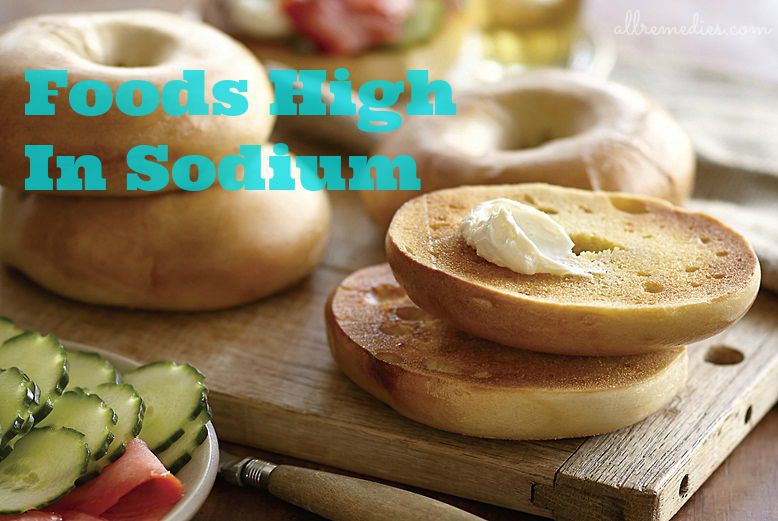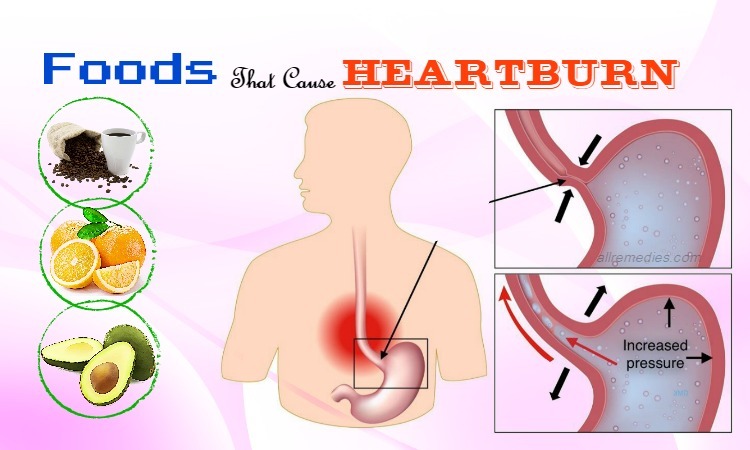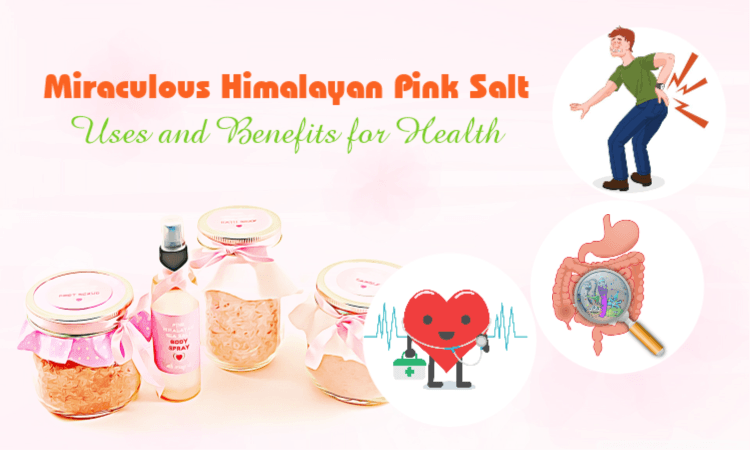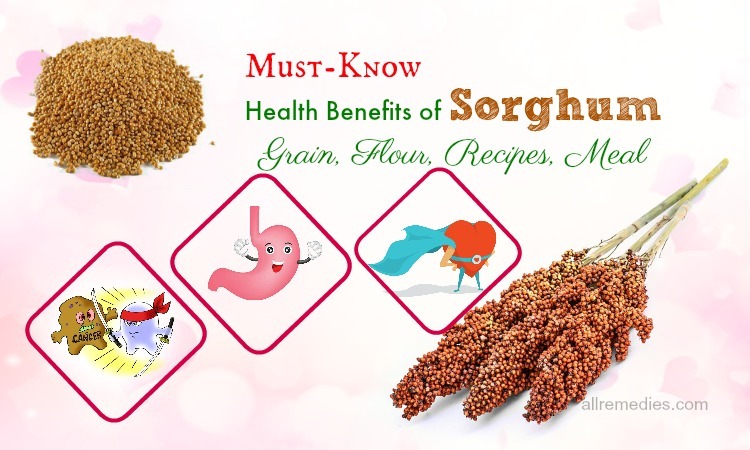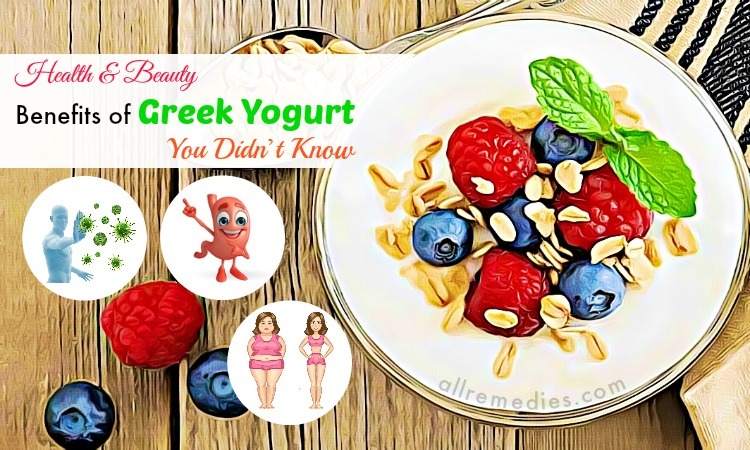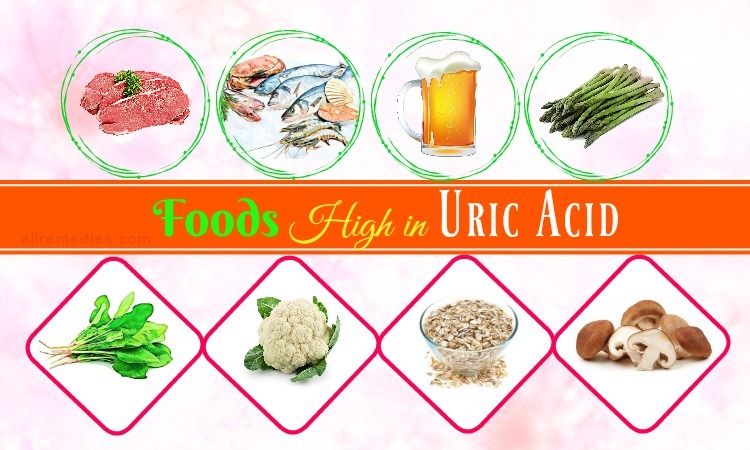
List of Top 10 Foods High in Uric Acid to Avoid Gout Attacks
Updated: 6/17/2019
CONTENTS
The body will create uric acid when processing chemical compounds called purines that occur naturally in our body and can be found in many various kinds of food. Although most uric acid can dissolve in our blood and is also excreted in urine, uric acid with excessive levels can cause many health problems, especially gout. Foods high in purines will elevate uric acid levels in the blood and thus are also known as foods high in uric acid.
In the framework of this writing, AllRemedies.com will introduce to you the list of top 10 foods high in uric acid which can help you know to avoid consuming them and thus prevent you from the risk of gout attacks. Continue reading this article to understand more!
- 10 Proven Ways to Use Apple Cider Vinegar for Gout Pain Relief
- List of 19 Foods High in Purines for Gout Sufferers to Avoid
- 22 Natural Home Remedies for Gout Pain Relief
1. Red Meat
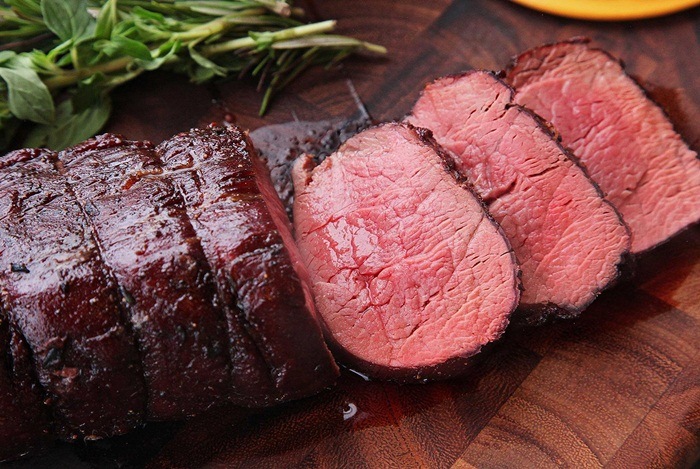
Red meat is one of the specific foods that deliver more uric acid than other foods in your diet. However, poultry and white meats, like pork are also high in the uric acid, so it is best to keep your intake of meats and wild meat to an overall minimum. If you have high uric acid levels or gout, you should avoid these meats or at least limit to 4 – 6 ounces per day. Instead, you can maintain a steady mix of fruits and vegetables to go with your meals and snacks.
2. Organ Meats
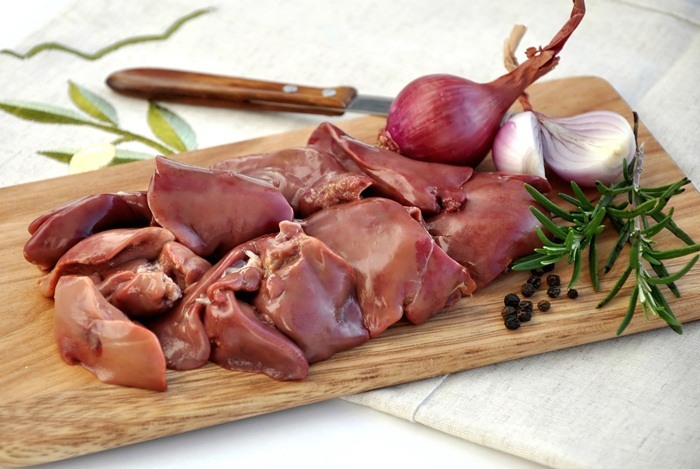
AllRemedies Partner Solutions

Keep Asking Questions Until You Get The Answer You Need!
The Medical Experts are all here to answer your questions online or with a phone call.
Like white and red meat, organ meats also deliver a high amount of the uric acid. Though you can enjoy having onions or livers for dinner, it is best to cut down on this meal as well as other foods which include organ meats such as sweetbreads, tongue, tripe, and pate.
3. Seafood And Fish
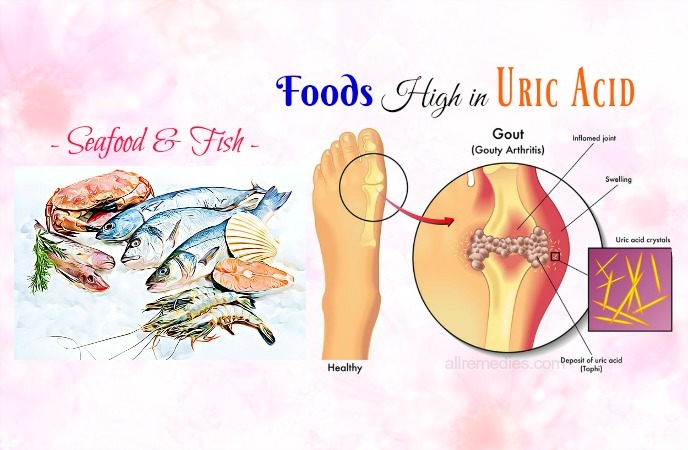
If you are a seafood lover, you will be disappointed to know that seafood and fish are off limits during gout flare-ups because they are other sources of the uric acid (purines) in your diet. Besides, herring, anchovies, tuna, sardines and other oily fishes should also cut back on your dinner table because they not only aggravate gout symptoms but also trigger one. However, when your gout can be under control, it is OK to indulge in scallops, shrimp, lobster, crab salmon, or eel. You need to be sure that you do not eat more than 4 to 6 ounces per day of whatever kind of seafood and fish you choose to eat.
4. Beer And Alcohol
In fact, beer is twice as bad for people with gout than seafood and meats. That is because it will raise the production of the uric acid levels in the body and make the body more difficult to remove the excess uric acid. Although alcohol does not have much harm compared with beer, it can still raise uric acid levels. Hence, most doctors always recommend avoiding all beer and liquor if you suffer from gout.
5. Drinks High In Sugar

You should not reach for both soda and fruit juice with fruit sugar. These drinks deliver high fructose corn syrup that will stimulate the production of uric acid. According to studies, women and men who consume much fructose and take many beverages with fructose corn syrup will get a higher risk of having gout. Instead of sugary drinks, you can stick with water, coffee, tea or pure, fresh-squeezed juice.
6. Asparagus And Spinach
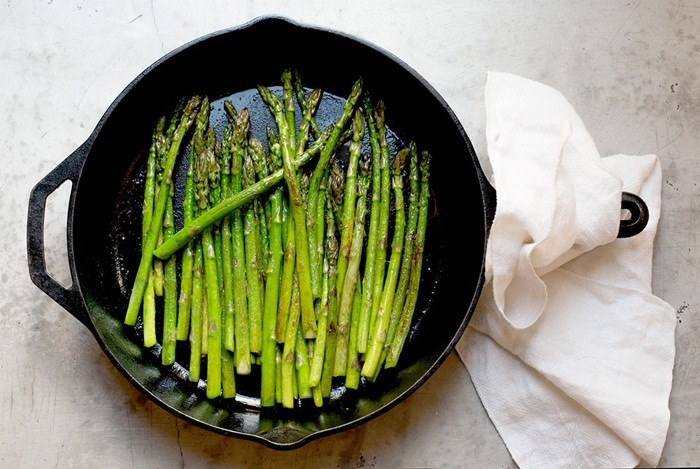
In fact, animal products are not the only foods which are high in uric acid.
Certain vegetables such as asparagus and spinach can also trigger a gout flare-up. However, they do not seem to cause much harm compared with animal-based foods. Uric acid from vegetables is also excreted from your body easier than uric acid that comes from seafood and meats.
7. Cauliflower
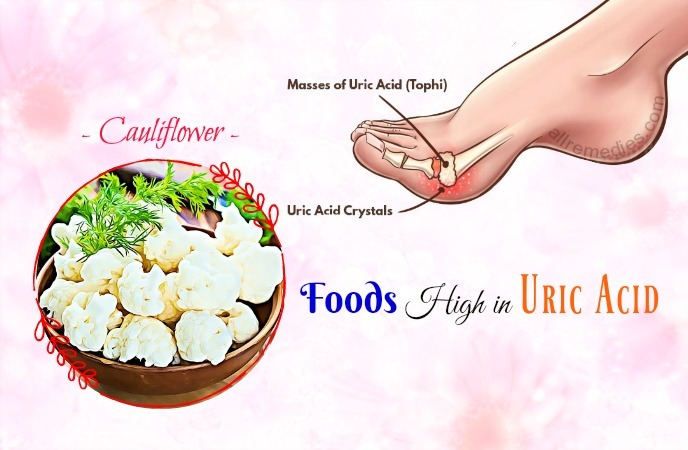
Cauliflower is a bland vegetable and is rich in the uric acid. However, vegetables can help your body get rid of the uric acid and purines, so you need not cut them out of the diet completely. Besides, they also have nutrients that can reduce insulin resistance that plays a vital role in controlling the gout flare-ups.
8. Beans, Peas, And Other Legumes
Beans, peas, and other legumes also have good sources of uric acid, which can make them become bad food sources for people who have gout. According to World’s Healthiest Foods, peas have a moderately high amount of uric acid, which is 5 – 100 milligrams of uric acid per 3.5-ounce serving. However, when peas, spinach, and asparagus are eaten in raw form, they will cause less damage than in a cooked way, as long as you consume a small portion.
9. Mushrooms

If you are thinking of eating mushrooms as a replacement source for meat, you should think of something else. Actually, like legumes, mushrooms are considered to contain a moderately high amount of uric acid.
10. Oats

Though there has been some discussion about the exact amount of uric acid that oats contain, oatmeal and other foods which contain oats deliver a moderate amount of the uric acid. Most doctors recommend that those who suffer from gout should limit their consumption of oatmeal as well as other oat-based foods.
Although this list can seem discouraging if you suffer from gout, many of these above foods can still be consumed, provided, as long as you only take the small portions and have them when you are not having a gout flare-up. Besides, other foods such as coffee, tea, citrus fruits, foods rich in complex carbohydrates, and foods rich in dairy can prevent gout flare-ups and therefore, are recommended for those who have gout.
If you want to know more about superfoods or other vitamins and minerals, go to our main Superfoods page. After reading the article of Top ten foods high in uric acid, hope that it can help you identify uric acid-rich foods to avoid eating them for your good health. If you have any question, or you know other foods high in uric acid to avoid gout attacks, please leave them below.

GET FREE ACCESS!
Lorem Ipsum has been the industry's standard dummy text ever since the 1500s, when an unknown printer took a galley of type and scrambled it to make a type specimen book. It has survived not only five centuries
Also on
JOIN THE CONVERSATION
